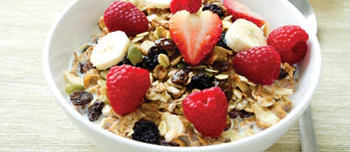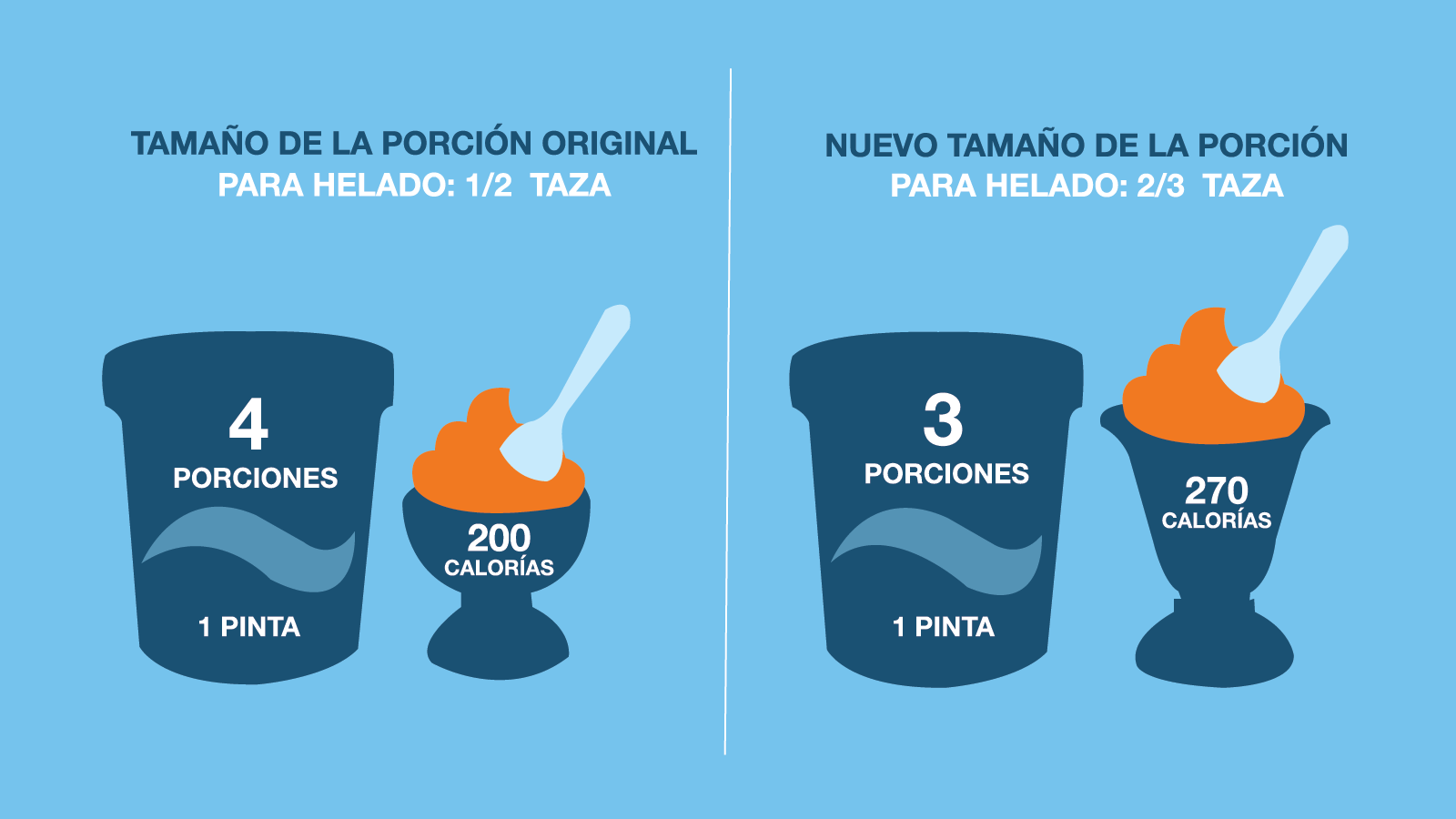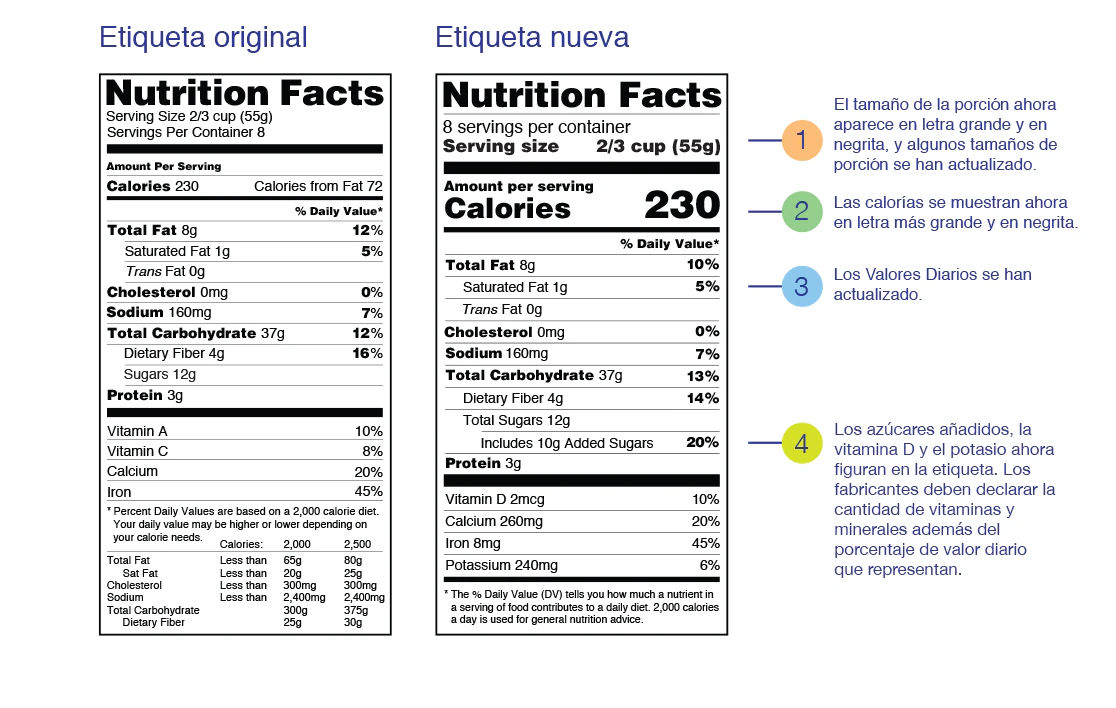 |
 |
Food portions: how to choose enough |
To achieve or maintain a healthy weight, the amount you eat is as important as what you eat. Do you know how much food is sufficient for you? Do you understand the difference between a portion and a serving? The following information explains portions and servings and provides recommendations to help you eat just the right amount. |
 |
 |
What Is the Difference Between a Portion and a Serving? A portion is the amount of food that you choose to eat at a particular time, whether at a restaurant, from a package, or at home. A serving, or serving size as indicated on the nutrition facts label of a product or food package, is the quantity of food listed on the product's nutritional information label. Each product has a different serving size, which can be measured in cups, ounces, grams, pieces, slices, or units, such as 3 crackers. |
|
Depending on how much you choose to eat, the size of your portion may or may not match the serving size. |
|
|
How Have Recommended Portion Sizes Changed? The United States Food and Drug Administration (FDA) changed the portion sizes for some foods and beverages to better align labels with the amounts we typically eat and drink. |
 |
 |
How Much Should I Eat? The portion size on a food label may be greater or smaller than the amount you should eat. This is because the number of calories you need each day to maintain your weight or lose weight may depend on: - Your age - Your current weight and height - Your metabolism - Whether you are male or female - How active you are For example, if you are a 150-pound woman whose primary physical activity is a short walk once a week, you will require fewer calories than a woman of your size who engages in intense physical activity, such as running several times a week. |
How Can the Nutrition Facts Label Help Me? The FDA's nutrition facts label is printed on most packaged foods. The label tells you how many calories, as well as how much fat, protein, carbohydrates, and other nutrients, are in one serving. |
|
Other Useful Information on the Food Label The food label provides additional information about what one serving of the food contains, such as: |

|